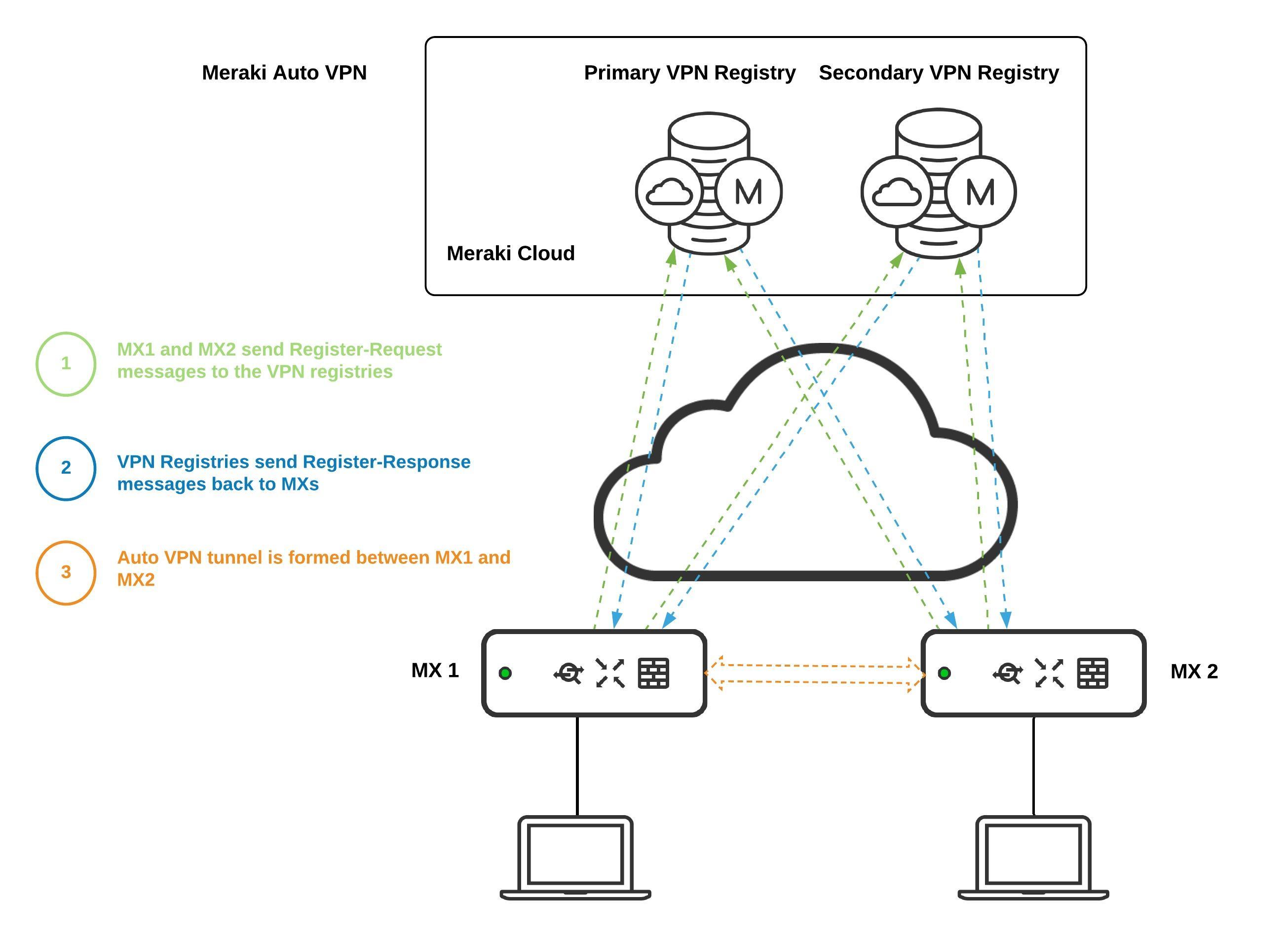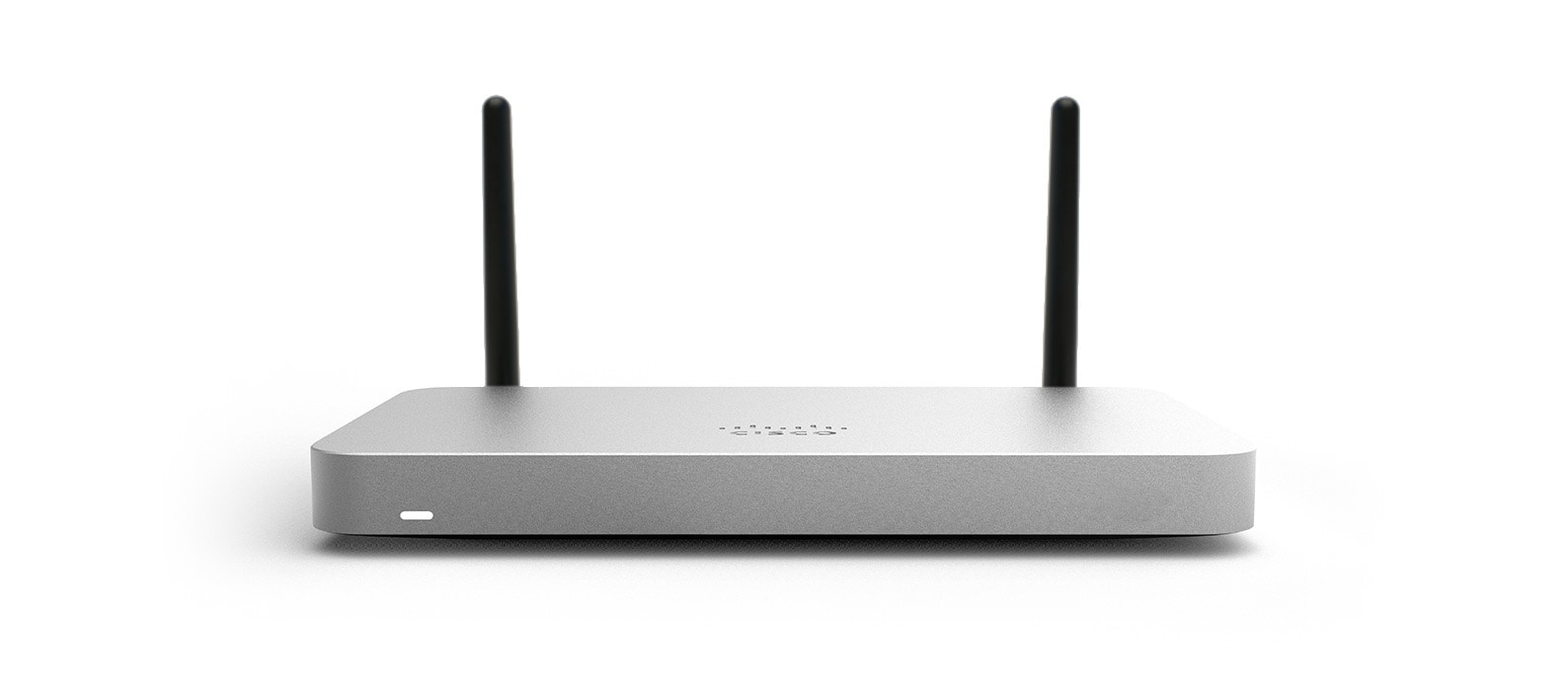- Meraki Mx Vpn Client Login
- Meraki Mx Client Vpn Active Directory
- Configure Meraki Vpn Client
- Meraki Mx Vpn Client Download

The VPN:
The Meraki client VPN uses the L2TP tunneling protocol and can be deployed on PC’s, Mac’s, Android, and iOS devices without additional software as these operating systems natively support L2TP.
The Encryption Method:
Along with the L2TP/IP protocol the Meraki client VPN employs the following encryption and hashing algorithms: 3DES and SHA1 for Phase1, AES128/3DES and SHA1 for Phase 2. Best practice dictated that the shared secret should not contain special characters at the beginning or end.
Meraki Mx Vpn Client Login
I will retire my MX equipment before we see a VPN client. I was a long time Cisco command line guy, made the jump to Meraki and this VPN client thing really bit me. Who would have thought Cisco would charge this much for equipment and not provide a proper VPN client. I will never recommend Meraki because of this, Cisco failed horribly on this.
An AnyConnect profile is a crucial piece for ensuring easy configuration of the AnyConnect client software, once installed. The MX does not support the use of custom hostnames for certificates (e.g. The MX only supports use of the Meraki DDNS. All throughout performance results above are achieved running MX 14.39 firmware using the recognized, industry-standard IXIA BreakingPoint testing software. 1 The maximum concurrent site-to-site VPN tunnels are based on lab testing scenarios where no client traffic is transferring over the VPN tunnels. Auto VPN Whitepaper; Cloud Management Datasheet; Large Deployments Whitepaper; Layer 7 Visibility and Control Whitepaper; Meraki MX for Education; Meraki MX for Retail; MX Family Datasheet; MX Sizing Guide; MX84 Diagram - No file assigned; SFP Datasheet; VPN Redundancy Whitepaper.
Enabling Client VPN:
Select Enabled from the Client VPN server pull-down menu on the Security Appliance -> Configure -> Client VPN page. You can then configure the following options:
- Client VPN Subnet: The subnet that will be used for Client VPN connections. This should be a private subnet that is not in use anywhere else in your network. The MX will be the default gatway on this subnet and will route traffic to and from this subnet.
- DNS Nameservers: The servers VPN Clients will use to resolve DNS hostnames. You can choose from Google Public DNS, OpenDNS, or specifying custom DNS servers by IP address.
- WINS: If you want your VPN clients to use WINS to resolve NetBIOS names, select Specify WINS Servers from the drop-down and enter the IP addresses of the desired WINS servers.
- Secret: The shared secret that will be used to establish the Client VPN connection.
- Authentication: How VPN Clients will be authenticated.
- Systems Manager Sentry VPN Security: Configuration settings for whether devices enrolled in systems manager should receive a configuration to connect to the Client VPN.
Authentication:
The VPN uses both pre-shared key based authentication and user authentication. To set up the user authentication mechanism, you will need to select your authentication method.

Meraki Cloud Authentication:
Use this option if you do not have an Active Directory or RADIUS server, or if you wish to manager your VPN users via the Meraki cloud. The hunger games catching fire 1080p download. To add or remove users, the User Management section at the bottom of the page. Add a user by selecting “Add new user” and entering the following information:
- Name: Enter the user’s name
- Email: Enter the user’s email address
- Password: Enter a password for the user or select “Generate” to automatically generate a password
- Authorized: Select whether this user is authorized to use the Client VPN
In order to edit an existing user, click on the user under User Management section. To delete a user, click the X next to the user on the right side of the user list. When using Meraki hosted authentication, the user’s email address is the username that is used for authentication.
RADIUS:
Use this option to authenticate users on a RADIUS server. Click Add a RADIUSserver to configure the server(s) to use. You will need to enter the IP address of the RADIUS server, the port to be used for RADIUS communication, and the shared secret for the RADIUS server.
Meraki Mx Client Vpn Active Directory
Active Directory:
Use this option if you want to authenticate your users with Active Directory domain credentials. You will need to provide the following information:
- Short Domain: The short name of your Active Directory domain.
- Server IP: The IP address of an Active Directory server on the MX LAN.
- Domain Admin: The domain administrator account the MX should use to query the server.
- Password: Password for the domain administrator account.
For example, considering the following scenario: You wish to authenticate users in the domain test.company.com using an Active Directory server with IP 172.16.1.10. Download citrix receiver for chrome browser. Users normally log into the domain using the format ‘test/username’ and you have created a domain administrator account with the username ‘vpnadmin’ and the password ‘vpnpassword’.
- The Short domain would be ‘test’.
- The Server IP would be 172.16.1.10
- The Domain admin would be ‘vpnadmin’
- The Password would be ‘vpnpassword’.
At this time, the MX does not support mapping group policies via Active Directory for users connecting through the Client VPN.
Systems Manager Sentry VPN Security:
When using Meraki cloud authentication, Systems Manager Sentry VPN security can be configured. If your Dashboard organization contains one or more MDM networks. Systems Manager Sentry VPN security allows for your devices enrolled in Systems Manager to receive the configuration to connect to the Client VPN through the Systems Manager profile on the device.

To enable Systems Manager Sentry VPN security, choose Enabled from the Client VPN server pulldown menu on the Security Appliance -> Configure -> Client VPN page. You can configure the following options:
- Install Scope: The install scope allows you to select a set of Systems Manager tags for a particular MDM network. Devices with these tags applied in a Systems Manager network will receive a configuration to connect to this network’s Client VPN server through their Systems Manager profile.
- Send All Traffic: Select whether all client traffic should be sent to the MX.
- Proxy: Whether a proxy should be used for this VPN connection. This can be set to automatic, manual, or disabled.
Configure Meraki Vpn Client
When using Systems Manager Sentry VPN security, the username and password used to connect to the client VPN are generated by the Meraki cloud. Usernames are generated based on a hash of unique identifier on the device and the username of that device. Passwords are randomly generated.
Was this article helpful?
Meraki Mx Vpn Client Download
Related Articles
